
Get news, updates, & event Info delivered right to your inbox:
Learn About The Types of Trees Around the World
As you've probably guessed, we love trees and forests — and not just because of all of the incredible benefits they provide. With approximately 58,000 recorded and published species, trees represent an incredible wealth of genetic diversity and cover approximately 31% of Earth's land surface today. Even with the staggering deforestation that affects our global forests (the global forest area has declined by about 40% over the past 300 years), trees provide a home for at least half of the worlds terrestrial plant and animal species.
Merriam-webster defines a tree as "a woody perennial plant having a single usually elongate main stem generally with few or no branches on its lower part". That captures the basics, but in reality, trees grow in a stunning variety of shapes, sizes and forms. Some grow tall and monolithic, with trunks so wide that several people could hug them at once without touching fingertips. Others are willowy and graceful, with elegant leaves and branching patterns that inspire the imagination.
No tree is exactly the same, just as no person is exactly the same — and that's part of why they have captured the human imagination for millennia. But what do we know about these majestic giants, beneath it all?
The Two Primary Types of Trees: Gymnosperms and Angiosperms
In 1825, the Scottish botanist Robert Brown first distinguished gymnosperms from angiosperms. Angiosperms have seeds that are enclosed within an ovary, while gymnosperms have no flowers or fruits, and have unenclosed or “naked” seeds that sit on the surface of their scales or leaves.
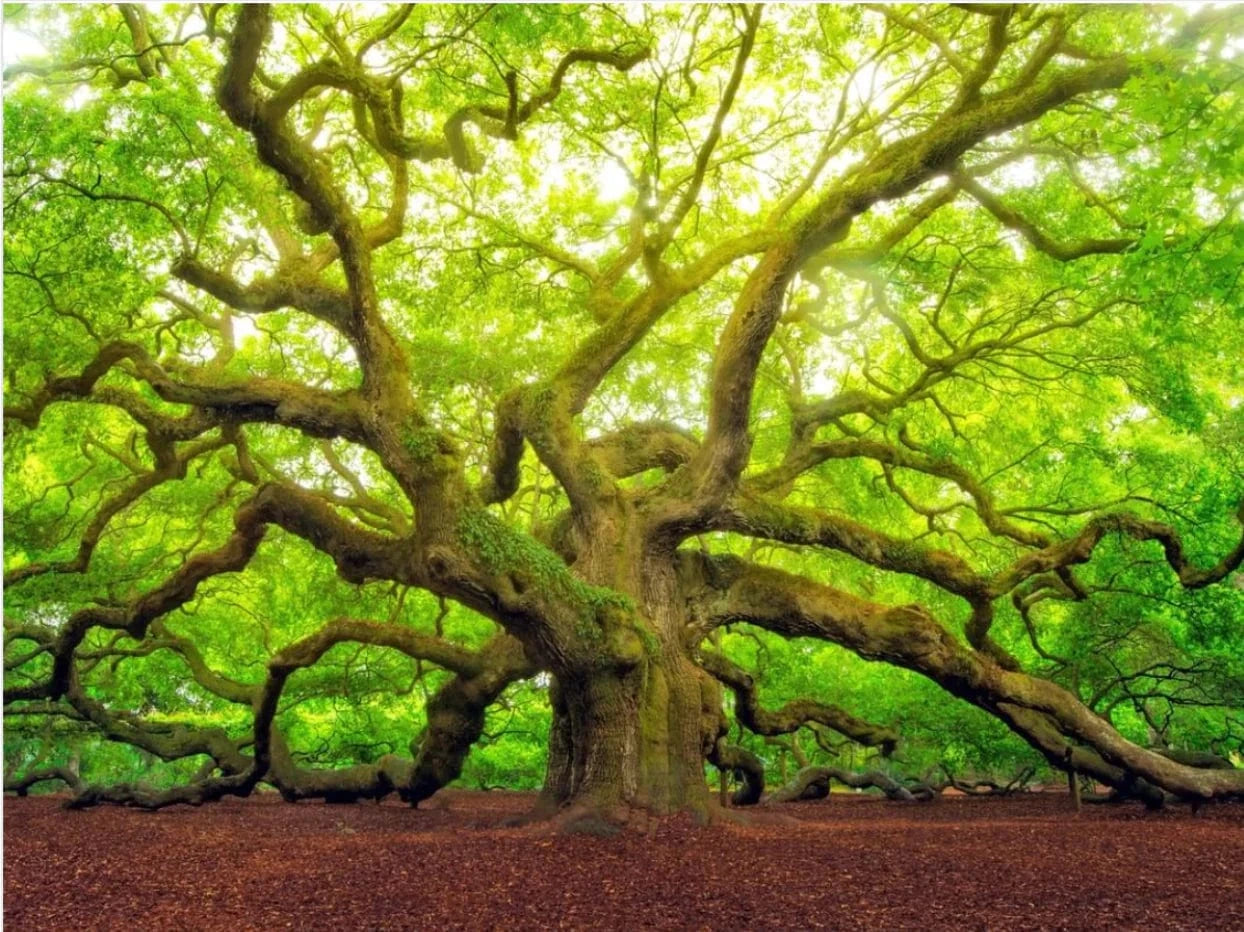
Angiosperms
The majority of tree species today (and around 80% of all known green plants) are angiosperms — or deciduous trees. This means that they generally have:
- Enclosed seeds
- Broad leaves that usually change color and die every fall.
Angiosperms include around 300,000 species of flowering plants and represent the largest and most diverse group in the plant kingdom. As vascular seed plants, they reproduce via the fertilization of an enclosed ovule that develops into a seed within a hollow, enclosed ovary (in contrast, the seeds of gymnosperms are usually exposed on the surface of their reproductive structures, like cones). They also have distinct male and female organs. Angiosperms occupy nearly every biome on Earth, but dominate terrestrial ecosystems.
They represent an incredible diversity of life that ranges from the tiny, 0.08 inch high watermeal plant to the massive 330 foot tall mountain ash tree in Australia — and are the main food source for birds and mammals. This diversity is a big part of why they've colonized more habitats than any other group of land plants.
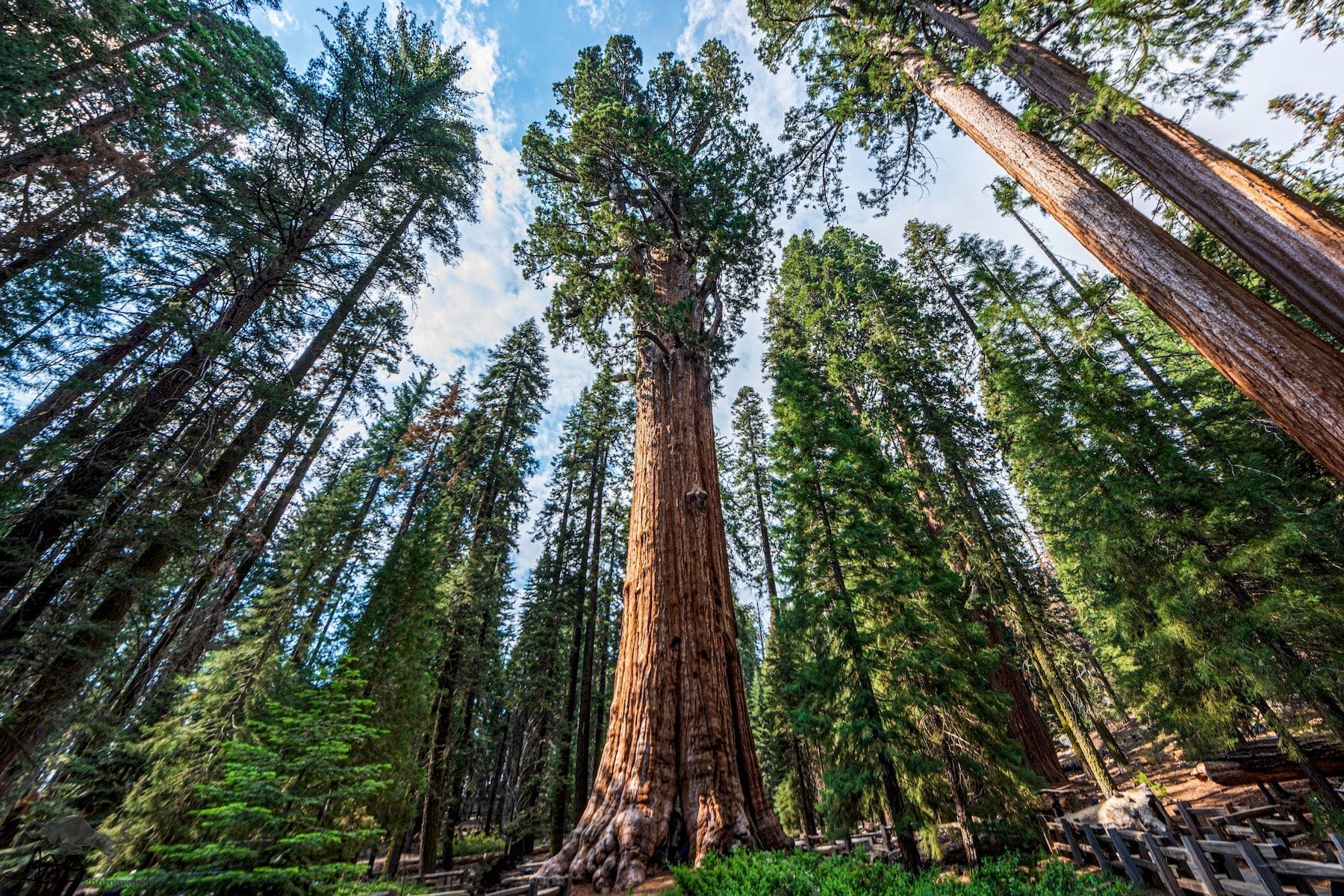
Gymnosperms
The other main category of trees are gymnosperms, which predominantly includes types of evergreen trees like pine, juniperus, cedar, spruce and fir. This means that they typically have:
- Un-enclosed, or "naked" seeds
- Needles that stay green throughout the year (although some, like gingko and dawn redwood drop their leaves).
Gymnosperms were the first seed plants to evolve on Earth, and millions of years ago, during the Mesozoic Era, they were the dominant type of tree. But in the time since the Cretaceous Period, gymnosperms have slowly been displaced by angiosperms, which evolved more recently (if we can consider hundreds of millions of years ago "recent"). Today, gymnosperms are still successful in many parts of the world, with vast conifer forests dominating northern regions, like Russia and Canada.
Scientists Have Identified 2 Distinct Types of Angiosperms:
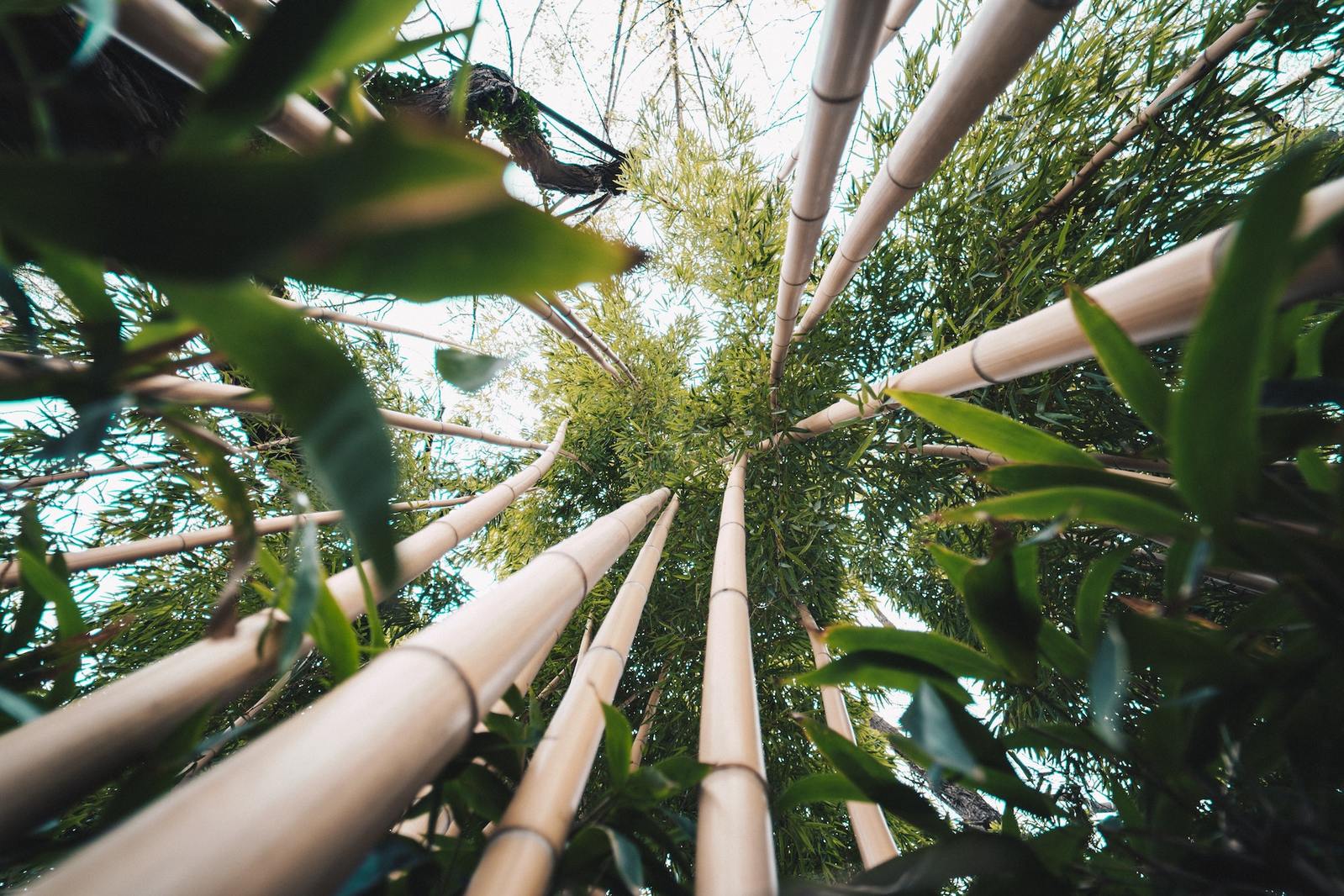
Monocots
‘Monocots are so called because they contain only 1 "seed leaf" within their seeds. When they sprout, they have a single leaf that's long and thin with many veins. Because they lack woody tissue and typically have shallow root systems, monocots don't often grow into trees. Some well-known monocots are palm trees and bamboo. Because they have hardened stems, palm trees are unique in the monocot division and are considered "trees.' However, a cross-section of a palm trunk reveals something markedly different from the growth rings and solidity of hardwood: instead, they're made up of spirally arranged bundles of fibers, rendering the tissue spongy and light. This is because, lacking woody tissue they don't grow in the same way that woody dicots do.
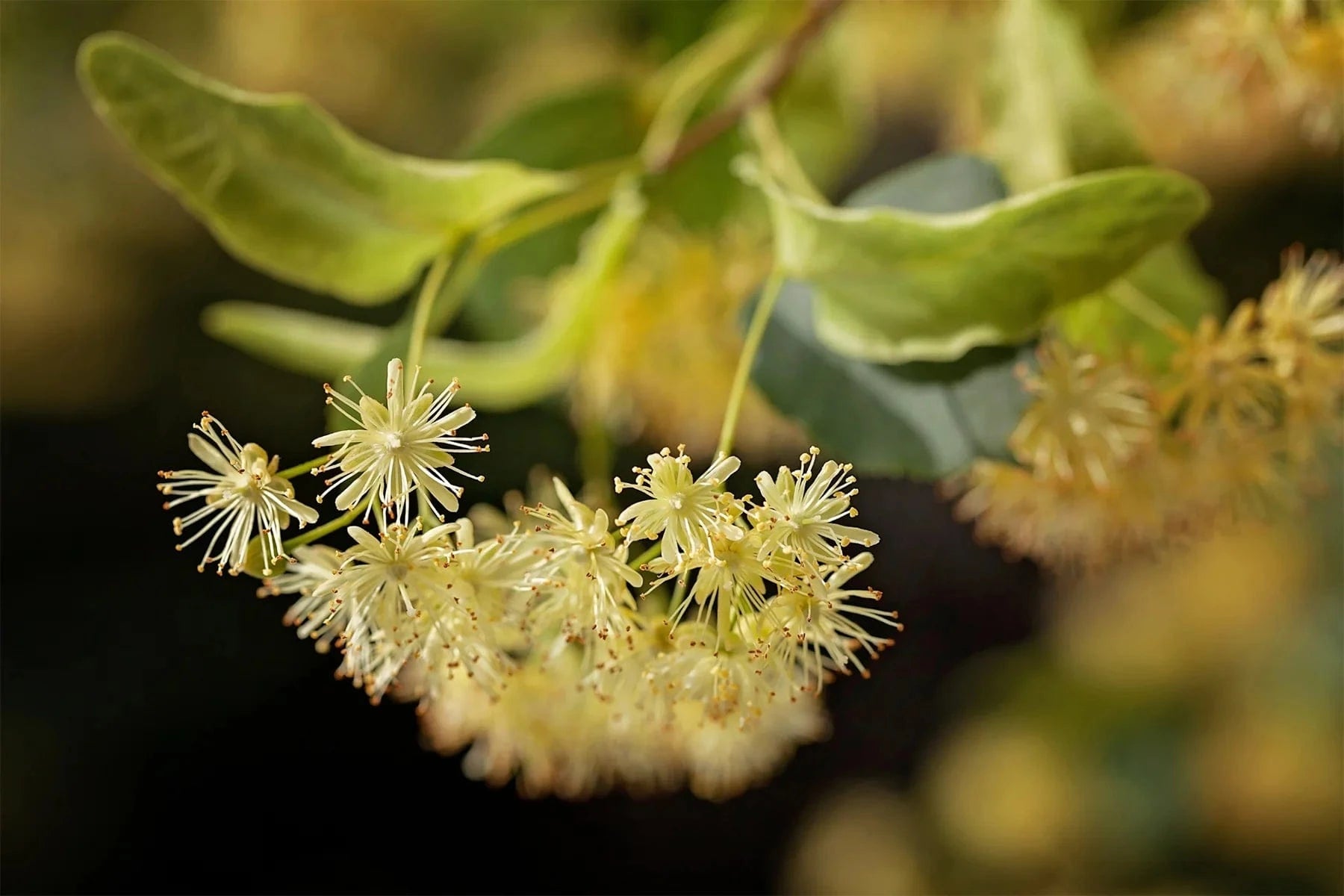
Dicots
As you may have guessed by now, dicots are so named because they have two "seed leaves", which are usually rounded and fat. All woody trees that are angiosperms, are also dicots. So what do we mean by a "woody" tree? Between the outer bark and the inner wood, woody trees have a layer of actively growing cells and pipes, known as the cambium. The pipes, which are called vascular bundles, grow anew each year, compressing the pipes of previous years into the center of the trunk — and creating a strong, supportive heartwood. This is what allows the tree's stem to grow outwards, increasing the diameter of the trunk — and what creates creates annual growth rings. Woody dicots also differ from monocots in that they typically have taproots that grow deep into the soil, drawing up groundwater and stabilizing the trunk and branches aboveground.
Scientists Have Identified 4 Distinct Types of Gymnosperms:
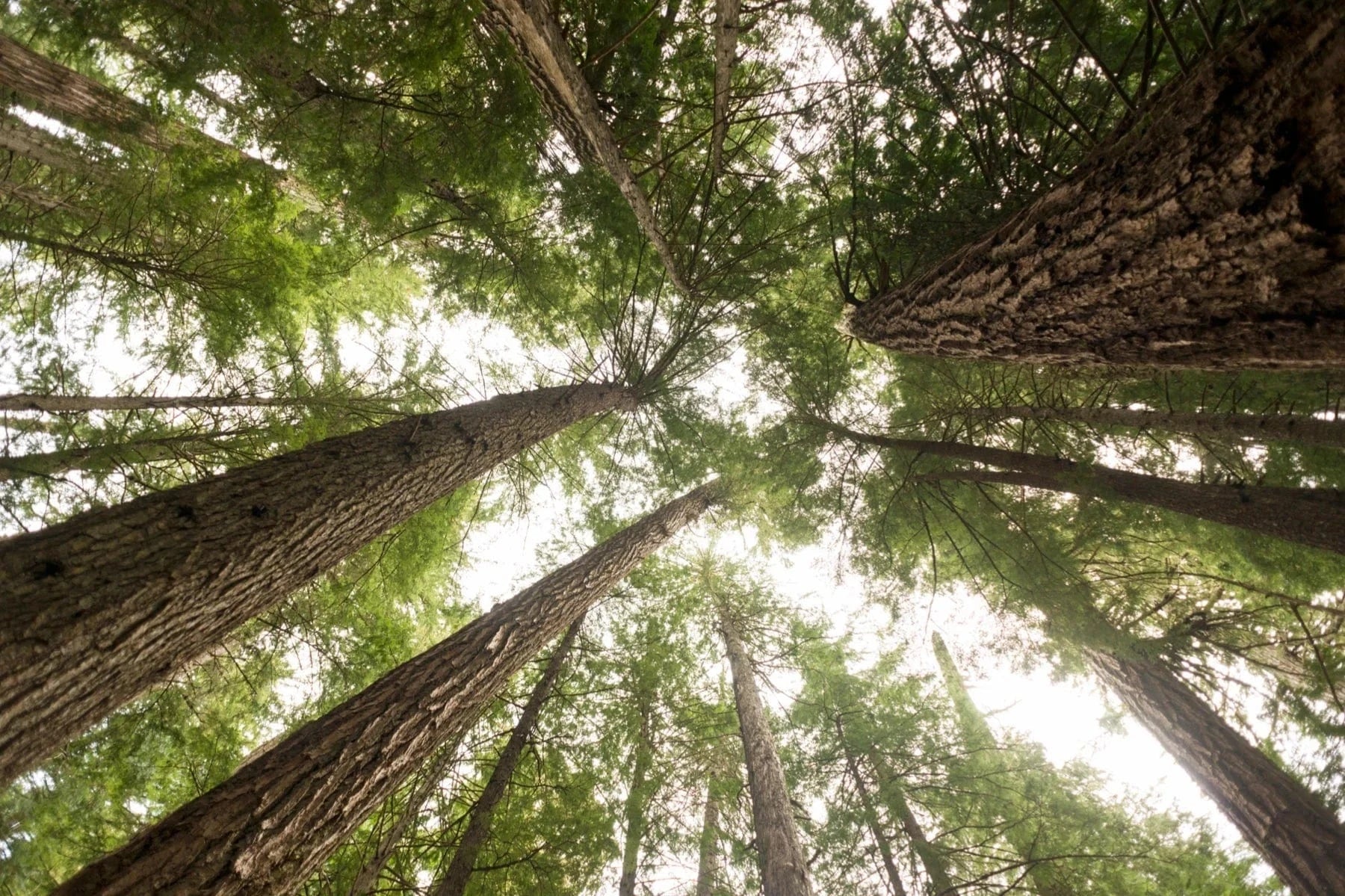
Pinophyta
Otherwise known as conifers, members of the pinophyta division encompass approximately 630 living species across 6 families. Some of the oldest living beings on earth are conifers, including several bristlecone pines that live in the White Mountains of California and range from 4-5,000 years old. This remarkable group also includes some of the largest and tallest living beings, including coastal redwoods that can grow around 300-350 feet tall.
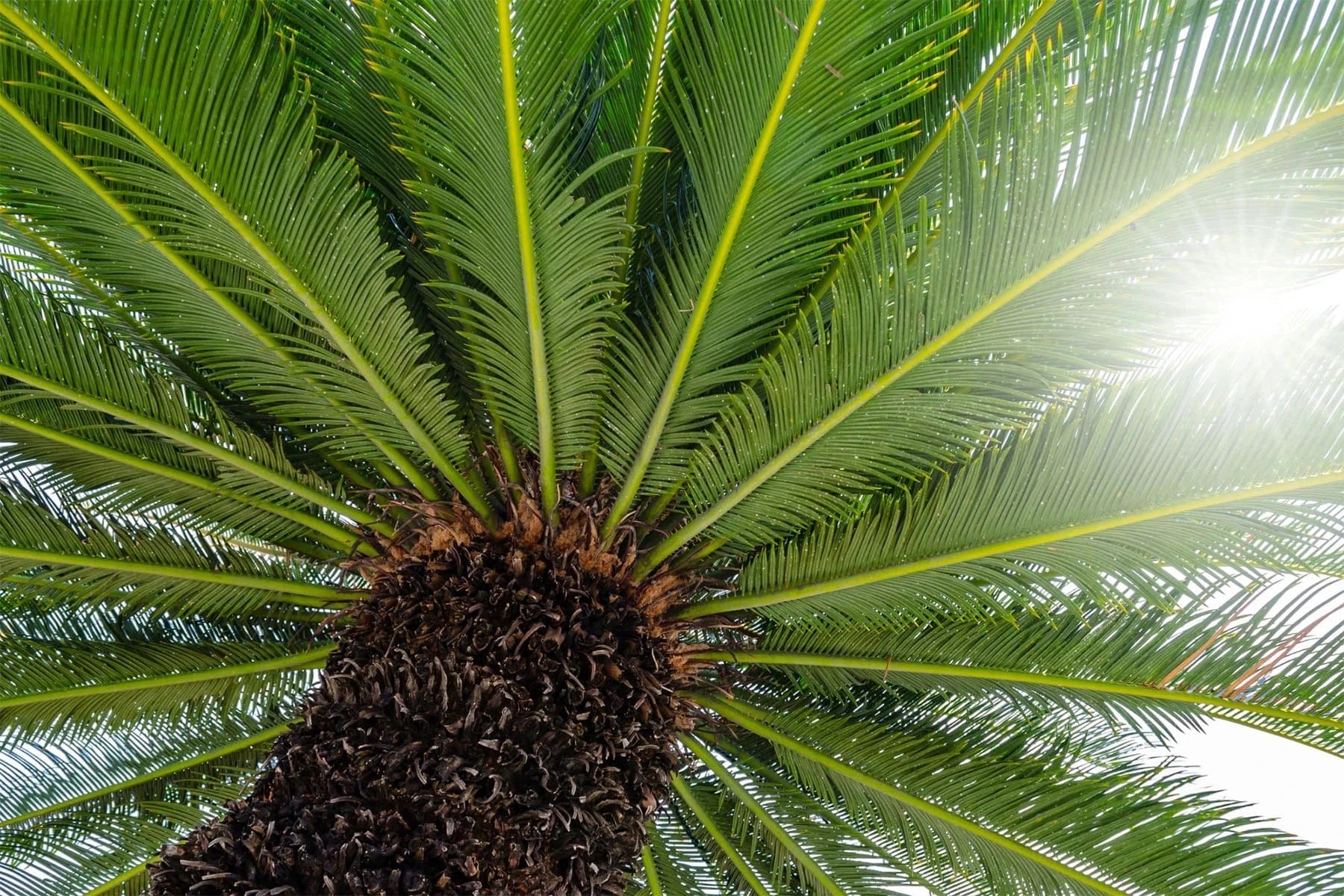
Cycadophyta
Trees in the Cycadophyta category have fleshy stems and leathery, featherlike leaves. They encompass 305 living species and grow all around the world, with higher concentrations near the equator. Cycads are typically short and squat, with attractive foliage and sometimes colorful cones. Many cycad species host blue-green algae in nodules in their roots, and some form coralline algae masses at the soil surface. Scientists believe they have a symbiotic relationship, with the algae fixing nitrogen for the trees.
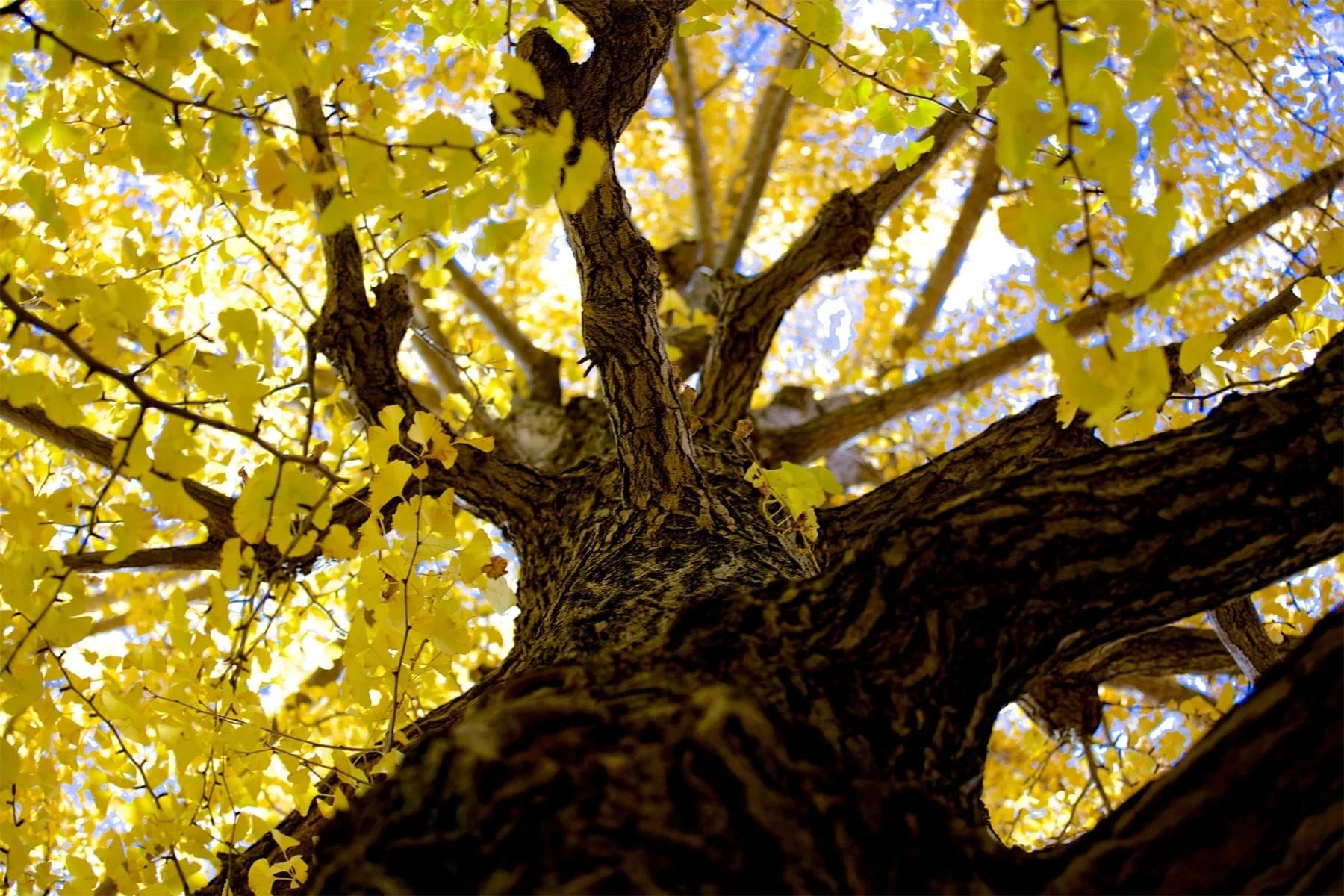
Ginkgophyta
Although technically deciduous, Ginkgo biloba falls into this category because of its double-layered seed coating, similar to cycads — and its stem, which is similar to those of conifers. Although it's cultivated widely, Ginkgo is considered an endangered species because its natural populations have been reduced to a small area in the mountains of southeastern China.
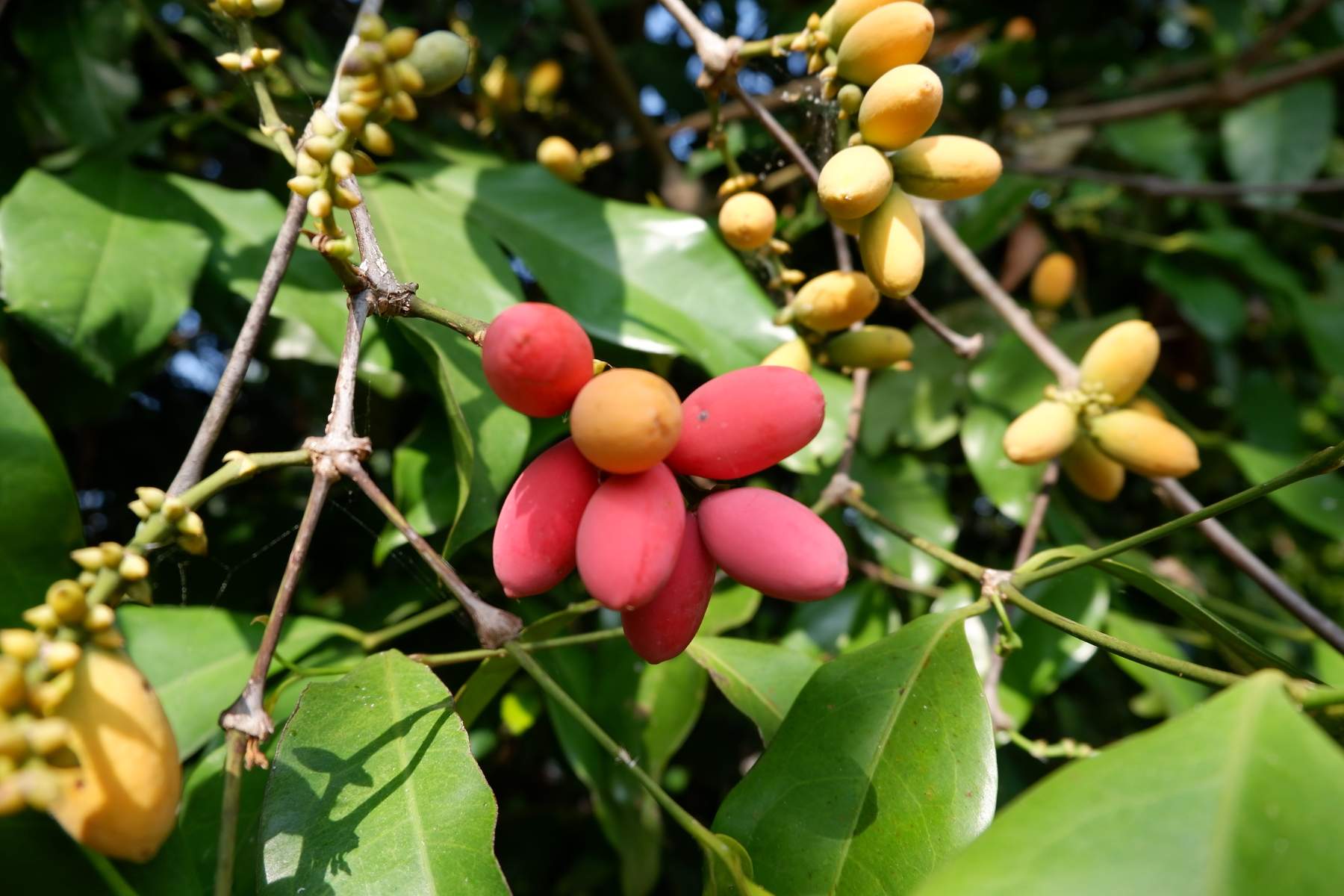
Gnetophyta
Gnetophyta is a small group within the gymnosperm classification that has 3 families and 3 genera. Most gnetophyta are vines, and for a long time, they were considered a primitive form of angiosperm. More recent research, however, has revealed that gnetophytes are more closely related to conifers. One species in this grouping is the Gnetum gnemon, an evergreen tree that's found across Eastern Asia and the Pacific.
So there you have it! We hope you come away with a deeper understanding of the different types of trees found worldwide. There's a lot more to be learned about the different types of trees, so we recommend picking up a book on forest ecology if you'd like to dive deeper. Otherwise, support reforestation today!
Get news, updates, & event Info delivered right to your inbox:
Related Posts
Winter and Trees: How Do Trees Survive Winter?
09/12/2025 by One Tree Planted
Why Trees Are Great Holiday Gifts
04/12/2025 by Meaghan Weeden
Real vs. Fake Christmas Trees: Which is Better For the Environment?
20/11/2025 by Meaghan Weeden
Popular On One Tree Planted
What Causes Deforestation?
10/07/2025 by Meaghan Weeden
8 Amazing Bamboo Facts
14/01/2025 by Meaghan Weeden
Inspirational Quotes About Trees
09/01/2025 by Meaghan Weeden
Fundraising Disclosures

Be Part of the
Restoration Movement
The Grove is more than just a monthly giving program: it's a vibrant community of individuals who are dedicated to reforestation and environmental restoration on a global scale.
As a member of The Grove, you affirm your commitment to restoring forests, nurturing biodiversity, and fostering positive global change.





